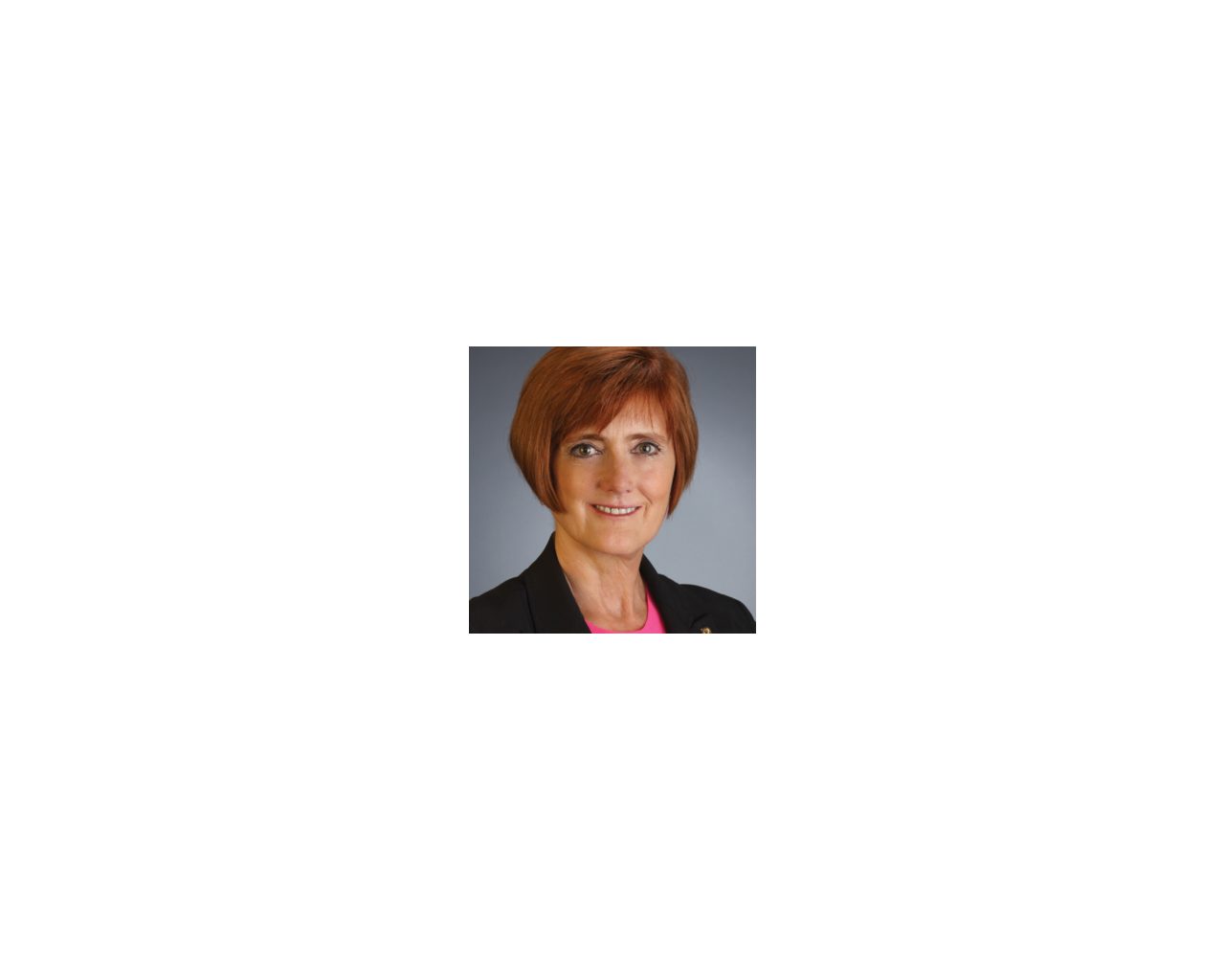
In nearly every conversation I have with leaders, the topic of workforce is top of mind. These concerns are not new—in fact, in 2019 participants in ACHE’s Top Issues Confronting Hospitals survey rated personnel shortages second only to their financial challenges. More prevalent now, however, is the urgency we feel as the perfect storm of existing shortages and pandemic stress affects our ability to attract and retain talent crucial to patient care delivery.
The field is seeing new partnerships in training to build the pipeline for workforce shortages, and solid strategies will be needed to increase the number of clinicians and technicians entering the field. Yet more and more, as we witness burnout, turnover and other current effects of these challenges, we are reminded that retention must also be an immediate and urgent focus for all leaders.
Many organizations are having success with workforce retention by offering new benefits such as more flexible scheduling and 24/7 childcare, by implementing IT solutions that ease administrative burdens, or by hiring former employees. Team nursing or other types of care models that leverage collective talents are also yielding some promising results.
Clearly, these are necessary efforts to explore, create and financially support. Yet we must also look to our own roles and influence and examine how we might ensure our workforce knows we care. Here are some tried and true actions that are good examples of how leaders create cultures that make others want to stay.
Listen and learn. Executives are using more channels like employee forums, employee resource groups and town halls, to listen to the concerns of their workforce. Authentic, transparent communication is key, and listening well can never be underestimated. Systematic and intentional rounding also helps to gain a better understanding of what is working and what is not. Regardless, good follow-up is needed to implement and monitor the effectiveness of recommendations that emerge from these tactics.
Extend and expand opportunities. Many clinicians, including nurses newer to their roles, are looking for advancement opportunities. Shared decision-making, formal leadership assignments, advanced academic education and mentoring are all examples of programs and policies that can benefit many. Expanding access to these avenues also provides organizations with more diversified talent to advance clinical and organizational goals.
Recognize and show appreciation. Respecting contributions across the organization—regardless of role and position—can be powerful. Making sure that rich support systems are working well can create more sustainable, more appreciative environments. Authentic recognition that comes from the top is important, as are cascading efforts such as daily, informal one-on-one recognition and team appreciation efforts across the organization.
As leaders we know that the healthcare profession is a relationship business driven by people and for people. In living this truth, our actions must meet our intentions. Recently, I had the chance to discuss this topic with a leader I greatly respect, and he ended our conversation with the following advice: Look every day for opportunities to tell your teams how much you appreciate them and how they take care of patients and each other, and how much you care about them. That is a piece of advice I know I will strive to live by.
Deborah J. Bowen, FACHE, CAE, is president/CEO of the American College of Healthcare Executives (dbowen@ache.org).

